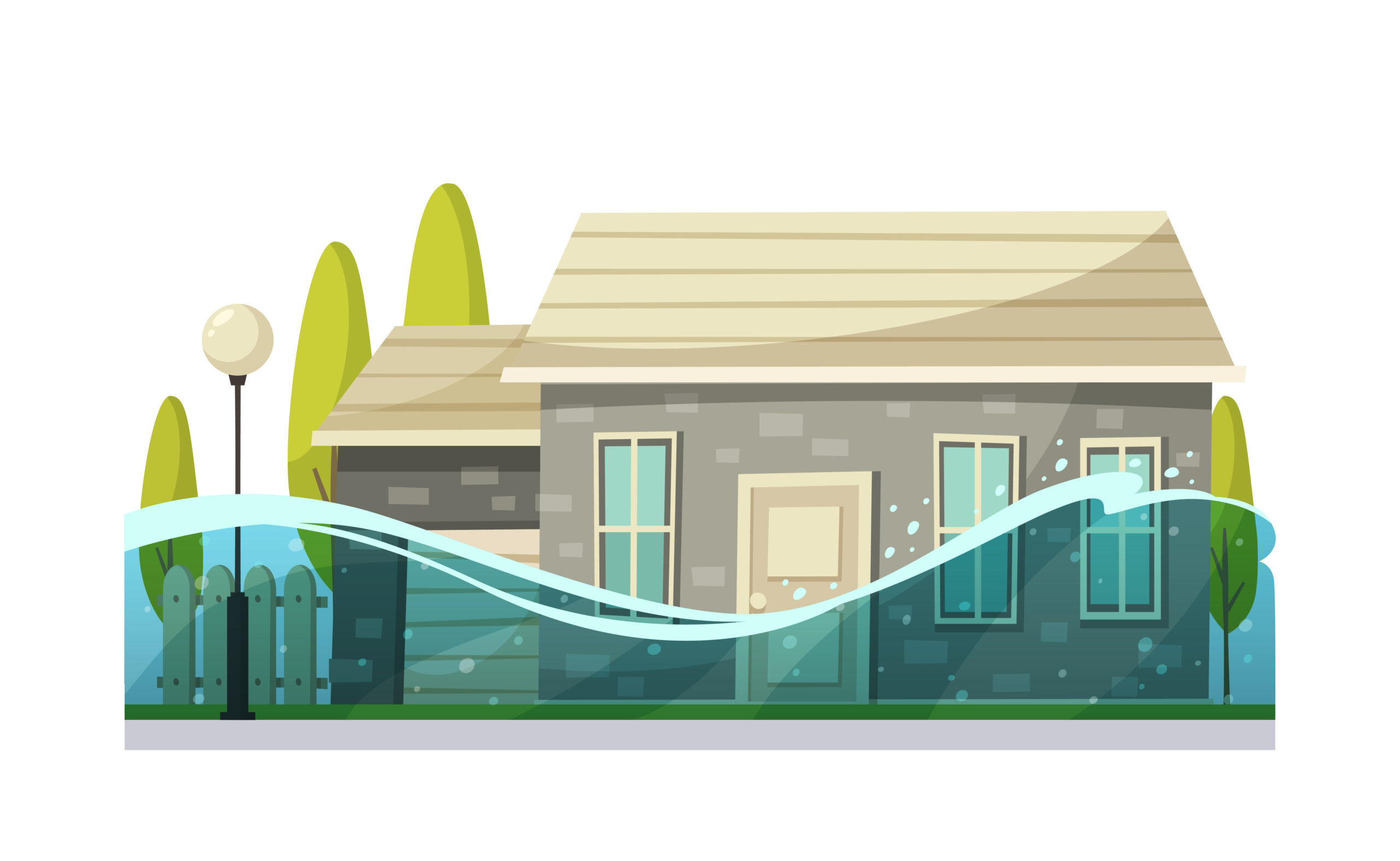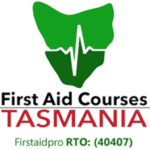Treatment for European wasp sting requires knowledge of wound care and management of severe allergic reactions (anaphylaxis).
European wasps are known predators and scavengers native to parts of Europe, Asia, and North Africa. They typically build their nest at the beginning of spring and grows throughout summer.
European wasps generally sting only to defend the nest and won’t attack away from it unless provoked. However, some people elicit attacks from wasps without any provocation.
Unlike bees, these wasps can sting more than once and do not die after stinging.
Read on to know to more about European wasp distinguishing features and behaviours.
European Wasps In Australia
The European wasp (Vespula germanica) is a pest commonly found in Australia.
The relatively mild winter down under has enabled these wasps to break free from their annual cycle and remain active throughout the year. While most nests succumb to death around mid-year, a small proportion survives into the summer,
In the past 20 years, seven deaths have been associated with wasp stings in Australia. It mainly affects those with a history of severe allergies who do not carry an EpiPen and other preventative medication.
The outer appearance of European wasps is similar in size and shape to a bee. The body length ranges from around 15mm to 2mm, with bright yellow triangle-shaped markings and two long antennae. The wings are usually folder when resting.
Unlike bees which can only sting once, European wasps can cause painful, repetitive stinging. It can also leave off a particular chemical telling the other wasps to attack.
These scavengers are often found in large communal nests, with a very small hole for entrance. It is either built underground or in wall cavities, ceilings, logs, or trees.
European wasps’ nest is usually made from wood fibres in considerable sizes. Be wary of these nests as they can contain tens and thousands of wasps.
Wasp Sting Symptoms
Most people without severe allergic reactions will only develop minor symptoms during and after a wasp sting. It can be uncomfortable, but most tend to recover quickly without major complications.
Common wasps sting symptoms include pain in the affected area, swelling, skin redness, itching, and potentially hives of the body has a severe reaction to the sting.
First Aid Treatment
Treatment for wasp stings will depend on the severity.
Several remedies can be done at home to alleviate the pain from a sting.
Wash The Sting Area
Place the affected area under cool running water for a few minutes. Thoroughly clean the site using soap to remove any bacteria or venom left behind by the wasp.
Apply Cold Pack
Using a thin cloth, wrap ice or cold pack and apply it to the sting site for about 30 to 60 minutes. Do it in intervals of 10 minutes on and off.
Applying a cold pack help reduce the swelling and lessen the pain of the wasp sting.
Take Anti-inflammatory Medication
Take anti-inflammatory medicine such as Ibuprofen to reduce swelling at the sting site.
Apply Antihistamine
Itchiness is one common symptom of a wasp sting. It can happen at the sting site and its surrounding area, depending on the spread of the bacteria.
Apply an antihistamine or calamine cream to the entire red and swollen area to relieve itchiness from the sting. It can provide temporary pain relief from the wasp sting.
Call Triple Zero
Seek emergency medical care if the European wasp sting occurs more than ten times. Also, call triple zero (000) if the stung happens in the person’s nose, mouth, or throat.
Prevention Of European Wasps Stings
Reduce the population of European wasps around the home by refraining from leaving food and drinks outside and ensuring bins have tight-fitting enclosures. It also helps cover exposed food or pick up any fallen fruit in the backyard.
If you ever spot one of these, it is best to leave it alone. These scavengers mostly attack if provoked.
Avoid disturbing the nest. Never attempt to touch a suspicious hole in the wall or ceiling and warn family members to stay away from it. Call local pest control or report the site of the nest to the European Wasp Hotline.
Learn about how to deal with emergencies
Worst-case scenarios involving severe reactions from the victim will require quick and effective treatment. It is where first aid training comes in.
Learn effective procedures for anaphylaxis management and other first aid techniques by signing up for a first aid course.








